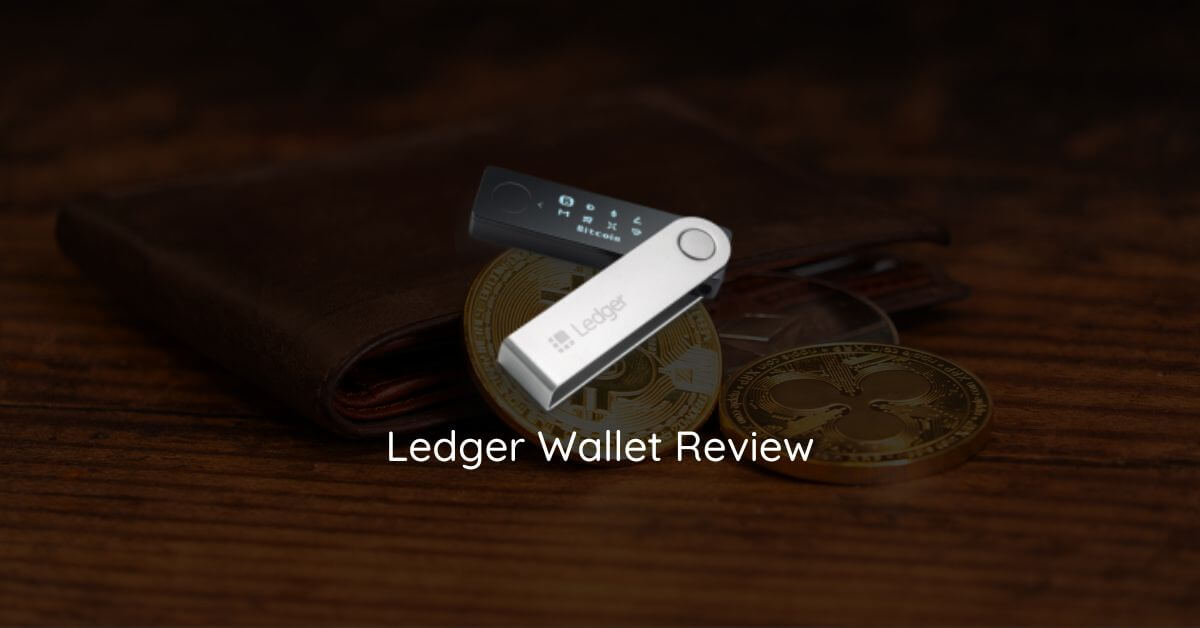The Gateway to Digital Sovereignty: Mastering Ledger Login Security
In the world of cryptocurrency, the concept of a "login" is radically transformed. For users of Ledger hardware wallets, security isn't managed by a password stored on a server, but by a physical device and a secret PIN. This guide delves into the robust architecture that makes Ledger the gold standard in crypto asset protection, establishing a truly refined site and mechanism for accessing your digital wealth. We emphasize clarity and high-quality instruction to ensure every user understands the gravity and simplicity of true self-custody.

Understanding Hardware-Based Authentication
The fundamental difference between a Ledger login and a traditional bank login is the location of the private keys. A Ledger device is not merely a password manager; it is a secure element that holds your private keys offline, forever isolated from internet threats. When you perform a "Ledger login," you are not logging into a server; you are using your PIN to unlock the device's ability to sign transactions on the blockchain. This physical isolation is what defines your digital sovereignty.
This process ensures that even if your computer is compromised by the most sophisticated malware, the critical signing process—which requires physical confirmation and the entry of your PIN directly on the device—remains secure. The device acts as a firewall between your crypto and the vulnerable digital world.
Initial Setup: PIN and the Recovery Phrase
The true master key to your funds is not the PIN, but the 24-word Recovery Phrase (also known as the Seed Phrase).
- PIN Creation: During the initial setup of your Ledger Nano S, X, or Stax, you choose a 4-to-8 digit PIN. This PIN is your physical lock, preventing unauthorized use if the device is lost or stolen.
- The 24 Words: Crucially, the device will generate and display your 24-word recovery phrase. This phrase is the cryptographic backup that can restore your funds to a new device if your original Ledger is destroyed.
- WARNING: You must write this phrase down on the physical sheets provided and store it securely offline. If you lose this phrase and your PIN, your funds are permanently inaccessible. If this phrase is compromised, your funds can be stolen. Ledger will *never* ask you for this phrase digitally.
The Daily Connection: Logging in with Ledger Live
Connect Your Hardware
Use the provided USB cable (or Bluetooth for Nano X/Stax) to connect your device to your desktop or mobile running Ledger Live.
Enter the PIN on Device
The Ledger device screen will prompt you for your PIN. You must enter this PIN directly on the device using its physical buttons. This step decrypts your private keys.
Access Ledger Live
Once unlocked, Ledger Live will sync with your device and display your balances, allowing you to manage accounts, update apps, and initiate transactions.
This secure, multi-step process ensures that the physical device is always the point of entry and authorization, cementing Ledger's position as a refined site for crypto management.
The 25th Word: Passphrase Security
For those requiring the ultimate layer of plausible deniability and security, Ledger offers the Passphrase feature. This is an optional 25th word that, when used, generates an entirely new set of addresses and private keys. Without this passphrase, a thief who gains access to your 24-word phrase can only access the "standard" accounts, which you can choose to keep empty or store a small amount on.
This advanced security measure is crucial for high-net-worth individuals or anyone who might face coercion. It is vital to manage this 25th word with the same or even greater care than the original 24.
Troubleshooting: Common Login Issues
While the Ledger login process is highly reliable, users occasionally encounter connectivity problems. Here are the most common scenarios and solutions:
- Device Not Recognized: Ensure your Ledger Live is updated and try a different USB cable or port. Close other wallet applications (like Metamask) that might be competing for the connection.
- "Wallet App Not Open": You must navigate to and launch the specific cryptocurrency app (e.g., Bitcoin, Ethereum) on the Ledger device itself *after* entering your PIN.
- Forgotten PIN: If you forget your PIN, the only solution is to intentionally enter the wrong PIN three times to reset the device to factory settings, then restore it using your 24-word Recovery Phrase.
Final Thoughts on Ledger's Security Model
The Ledger login procedure is designed around the principle of zero trust in the digital environment. By requiring physical, manual confirmation for every critical action, the device ensures that you, and only you, maintain absolute control. Embrace this responsibility, safeguard your 24-word phrase, and confidently navigate the decentralized world, supported by a refined site interface like Ledger Live that provides clarity without compromising on cryptographic integrity.